Enter a surname, town name or other keyword to search the database. Remember to
allow for the different spellings of 'Mc' and 'Mac.' Good luck!
{Search tips: Use single word search terms for more results}
You must enter some valid character(s) into the search field
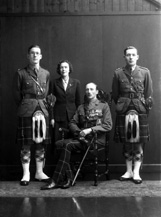
Reference: 43283b
Brigadier Eneas Grant, born 19...
|
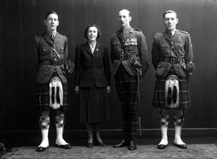
Reference: 43283a
Brigadier Eneas Grant, born 19...
|
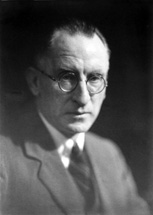
Reference: 298
Mackenzie, Broadstone Park, In...
|
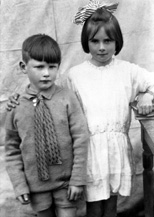
Reference: 26551b
Original image from which the ...
|

Reference: 26551a
Copy of girl for Mrs MacDonald...
|
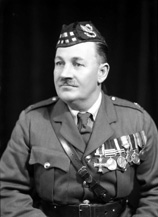
Reference: 28033a
Major Donald Munro MC (1880-19...
|
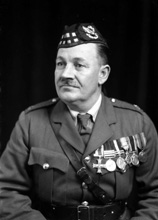
Reference: 28033b
Major Donald Munro MC (1880-19...
|
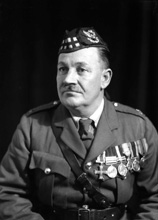
Reference: 28033c
Major Donald Munro MC (1880-19...
|
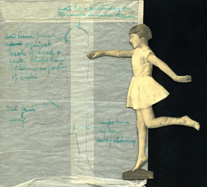
Reference: 25530c
Dancing girl, October 1925. Th...
|
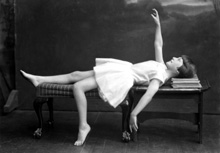
Reference: 25530b
Dancing girl, October 1925. Th...
|
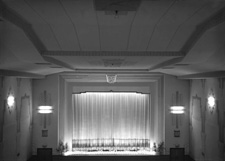
Reference: 32034d
Palace Cinema, Huntly Street, ...
|
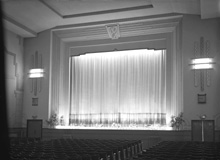
Reference: 32034c
Palace Cinema screen, Huntly S...
|